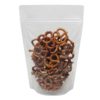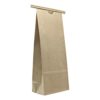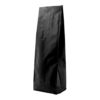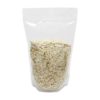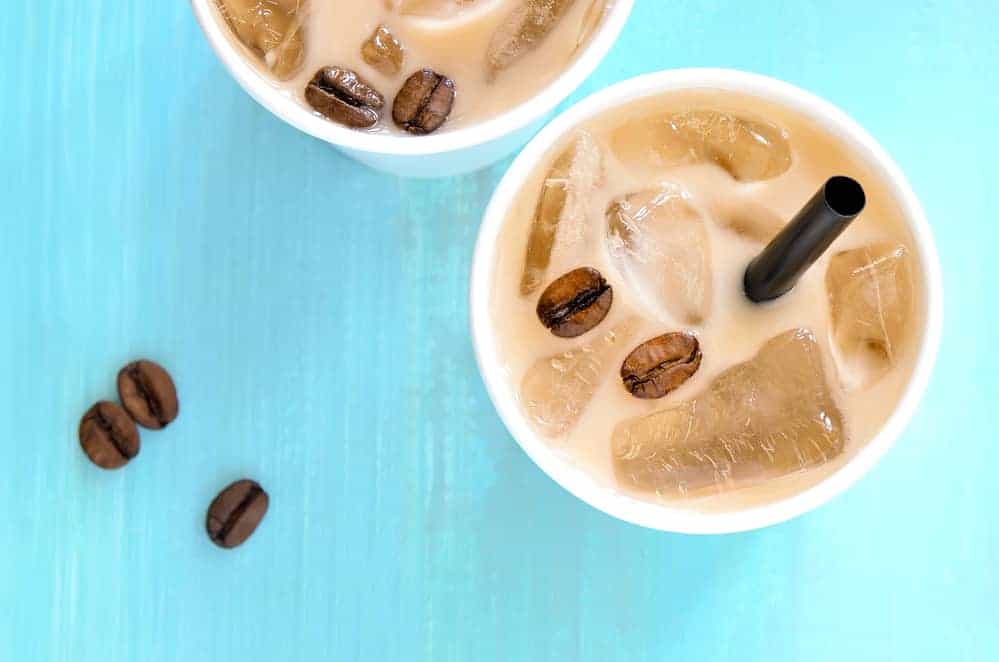Blog
How is cold brew different from iced coffee?
Coffee drinking has become much more than just a morning pick-me-up. Nowadays it’s a global culture and has become a drink that is savored by its consumers just as much as good wines are. Coffee is that any time of day, any time of year comfort that can be both solitary and social, and as the seasons change so do our choices of how we like to enjoy our daily dose of joe.
During the chilly winter months, nothing beats a hot, steamy cup of coffee, but when the sweltering heat of summer comes around, we all still want to indulge in our fix. Thankfully the culture of coffee drinking has evolved to encompass a wide variety of options.
Enter the chilled options
Nowadays iced coffee options are becoming more and more of a thing in both coffee shops and supermarkets. This is not a completely new idea though, in fact, the concept of iced coffee and cold brew dates back as far as the 1600s in Japan and the 1800s in Algeria. So clearly our ancestors were also craving a fix without the extra sweat.
The coffee outlets of the twentieth century began selling chilled option as early as 1965. Dunkin’ Donuts introduced the chilled coffee options to their menu twenty-five years ago, and Starbucks started in 1995.
The two options that you most likely will see are Iced Coffee and Cold Brew. But have you ever wondered which of the two to pick and what the difference is? Or whether there is a difference apart from semantics?
Truth is there is a difference, and it’s bigger than one might assume.
What is Cold Brew then?
Ever found yourself waking up to a blackout, or no electricity and all you can think about is the fact that you can’t make your morning cup of coffee? Well, this is where the habit of Cold Brew and how it’s made will come in handy.
It’s easy to assume that Cold Brew is just coffee that was once hot and now has gone cold, or has been cooled down and is now being palmed off as a cooler, refreshing beverage. This is not the case. Cold Brew is exactly what it says on the label.
Cold Brew is good quality coffee that has been brewed using water that is at room temperature over a long period of time, usually 12-24 hours. The water has direct contact with the coffee grounds, and once the steeping process is complete, the result is a very strong coffee concentrate.
This concentrate is then mixed with cold water, usually at a half-to-half ratio, all depending on the desired strength.
The reason behind the use of cold water to brew the coffee concentrate is that without the use of hot water your brewed concentrate will be less acidic, have more body to it and more of a mellow taste. Just what one needs when looking for a cooler, more refreshing way to indulge in their caffeine fix.
Does that mean that Iced Coffee is just coffee on ice?
Well, initially it was. The first take on iced coffee was to just pour hot coffee over ice, but this way of doing it didn’t last very long because the result was a very weak tasting brew. Not very satisfying to any coffee lover, as you can surely imagine.
The next take on Iced Coffee was to brew a double-batch of hot coffee at twice the strength of a normal brew, and then either pour it straight over ice or allow it to cool to room temperature, and then pour it over ice.
Then there’s the option of an even stronger Iced Coffee brew. This is to brew your strong coffee, allow it to cool to room temperature, pour it into ice trays and freeze as ice cubes. Then the normal hot brewed coffee is poured over the coffee ice cubes.
Brewing your coffee this way results in a more acidic and bitter taste to that of the Cold Brew.
So exactly how does the temperature of the water affect the flavor of the coffee?
Even though we have explained what the outcomes in terms of flavor of the different brews are, there is still the question of how this happens. Especially when one is using the same coffee ground or blend to make either of the two different brews.
The flavor of the brewed coffee is affected by temperature and time due to the effect these two components have on the rate of oxidation during the brewing process.
The rate of oxidation is the rate at which the oils, acids, and sugars that are naturally a part of the make-up of the coffee grounds are broken down. The speed of this process will determine the aroma, flavor, and texture of each brew.
To achieve the best results, one needs to know how to combine right temperature and grind for the chosen brewing method. This is why we leave it up to the professional baristas.
If both options are cold and refreshing on a hot summer’s day, which does one choose?
Well, it’s a matter of personal preference. Since there is a difference in taste, strength, and price between the two brewing styles the choice would come down to whether you prefer a stronger, more bitter taste to your coffee; or a more rounded and mellow taste. And, of course, how much you are willing to spend on your daily cup (or cups) of coffee.
The upside for those who prefer to brew their own coffee at home is that both methods are fairly easy to take on, provided you have good quality coffee grounds and the time to do so.
Either way, next time you stop in at your favorite coffee spot on a hot summer’s afternoon, you will know the difference between Cold Brew and Iced Coffee and can make an informed choice.

